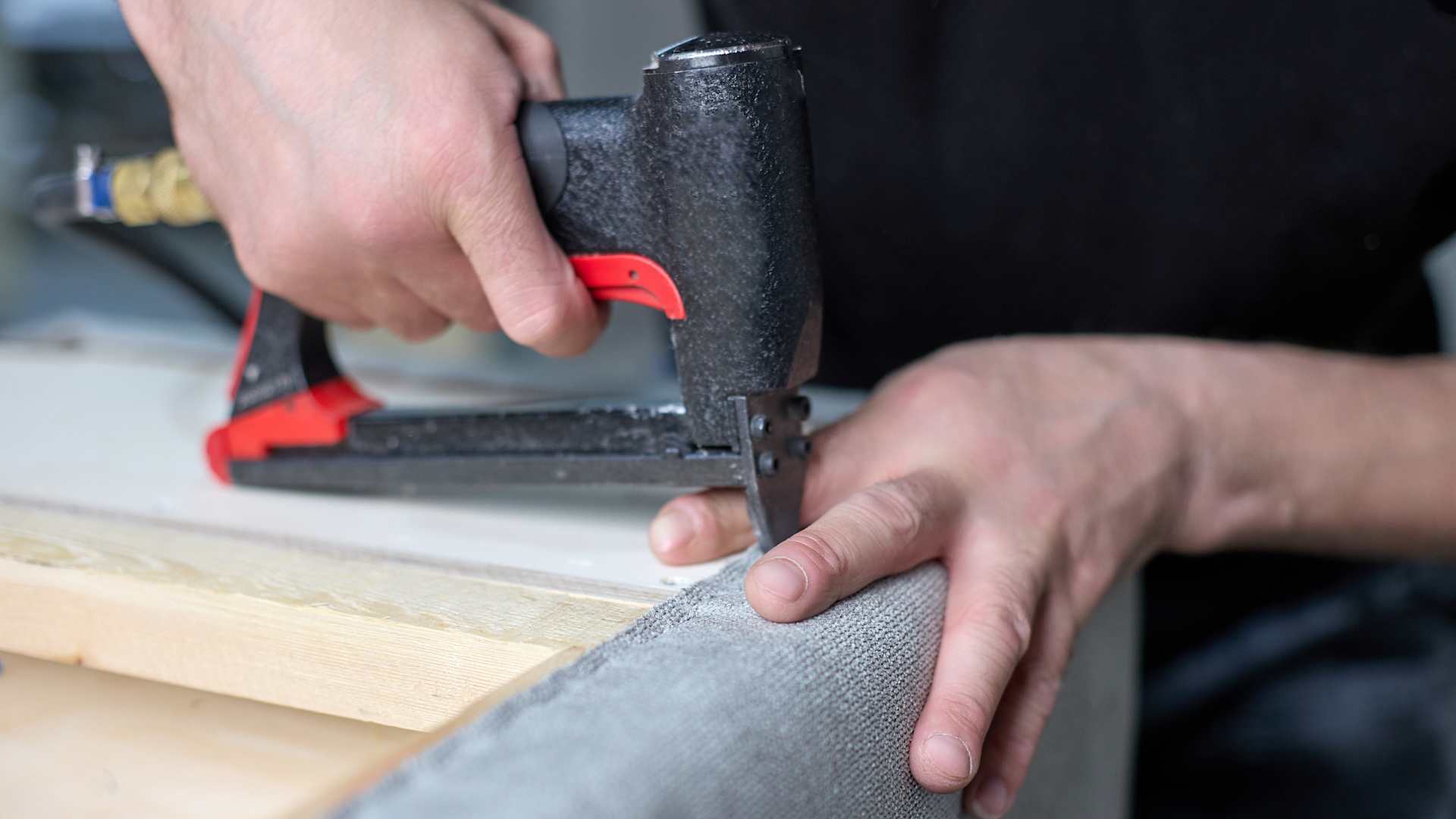
Learning how much it costs to refelt a pool table is the first step to getting your game back in top shape. Here's what to know about each type of table.
A leather couch tear is no reason to despair


Your leather couch can be great at resisting stains, but it isn’t invincible. Even the highest-quality leather can rip after enough movie nights and juice spills. Luckily, restoring a leather couch can be a fast and easy DIY project, mainly using common household supplies. Follow these five simple steps and learn how to fix a ripped leather couch.
Standard craft glue or super glue may dry hard or leave behind residue, further damaging your leather. The right glue to repair leather will be a clear leather glue or fabric glue specially designed for leather, available at your local craft supply store. Before buying your glue, check the packaging or product details to ensure that it’s safe to use on leather.
Follow these five steps, and your leather couch will be free of holes in just a couple of hours.

Before you begin your repairs, you want to clean the area you’re repairing to remove any dirt or grime. You can use a product design specifically for cleaning a leather couch or create your own safe homemade cleaning solution using equal parts white vinegar and warm water. Mix the solution in a bowl until it’s fully combined.
Lightly dip one of your clean cloth rags into the solution and clean the area around the tear, gently wiping away any dust or debris with gentle, circular motions. Be careful not to soak the leather, making it more difficult to repair. Immediately after you clean, use your other cloth to thoroughly dry the area so the solution doesn’t have time to soak into the leather.
Using your scissors, carefully trim off any loose threads or bits of string you see on the edges of the tear. Your goal is to ensure that the edges are smooth and consistent so that you can create the best bond with your adhesive in the following steps.
A substrate patch will help strengthen the bond of your adhesive and hole the tear together more effectively. With your scissors, cut a denim patch to a square with rounded edges. The patch should be slightly larger than the tear so it completely fills the hole.
Slide the patch inside the tear. With your tweezers, adjust the patch until it sits smoothly under the surface of the leather. It should be free of any lumps or ridges that you can feel through the leather. If the patch crumples or bunches up at all, pull it out and repeat this step until you can get it smooth. The patch should completely cover the area behind the tear.
Apply a drop of leather glue to the tip of your glue applicator and lift one side of the tear. Spread the glue around the patch beneath the tear in an even layer. Apply glue near both edges of the tear. Use your dry cloth to wipe off any excess glue that gets on the leather outside of the tear.
Pinch the two sides of the tear together to form an even line, smoothing out any bumps or ridges to create a consistent surface. If you don’t line it up properly the first time, simply separate and reconnect the two sides, wiping away any excess glue as you adjust. Hold the seam shut for five minutes, maintaining gentle pressure.
After five minutes, the glue will have set. If the tear reopens, apply a little more glue and reconnect the seams, allowing another five minutes for it to set again. You should not sit on your couch yet. Secure the seam of the tear with a piece of masking tape and allow the adhesive to set for another one to two hours. Remove the tape, and your tear should be fixed.
Fixing a ripped couch on your own will cost you between $0 and $20. Most of the tools and supplies needed for the project are common household goods, so your only likely expenses are the leather glue and denim patch at less than $20 total.
According to HomeAdvisor, most repairs to leather furniture cost between $100 and $400, with repairs to just a single spot on your couch ranging from $100 to $150. With that in mind, DIY couch repairs will save you money compared to the cost of hiring a leather furniture repair specialist near you.
However, if you’re dealing with a big tear or you’ve tried a DIY method to no avail, calling in a pro should be your next step.
From average costs to expert advice, get all the answers you need to get your job done.

Learning how much it costs to refelt a pool table is the first step to getting your game back in top shape. Here's what to know about each type of table.

Discover the cost to reupholster a couch in 2025, including average prices, key cost factors, and tips to help you budget for your next upholstery project.